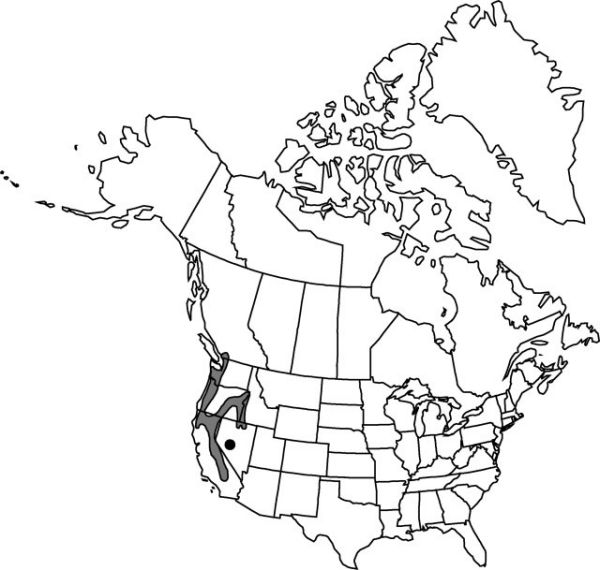Allium validum
Botany (Fortieth Parallel), 350. 1871.
Bulbs 2–20+, clustered on thick, irislike rhizome, elongate, 2–5 × 1–2.5 cm; outer coats enclosing 1 or more bulbs, brownish, membranous, minutely striate, cells in regular vertical rows, elongate, not fibrous-reticulate, fibers persistent, parallel, few, coarse; inner coats reddish purple or whitish, minutely striate, cells in regular vertical rows, elongate. Leaves persistent, green at anthesis, 3–6, sheathing basally, sheaths not extending much above soil surface; blade solid, flat, 20–70 (–80) cm × 4–15 mm, margins entire. Scape persistent, solitary, erect, solid, flattened and narrowly winged distally, 30–70 cm × 2–7 mm. Umbel persistent, erect, compact, 15–30-flowered, hemispheric, bulbils unknown; spathe bracts persistent, 2, 3–5-veined, broadly ovate, ± equal, apex acute. Flowers ± campanulate, 8–10 mm; tepals erect to ± spreading, pink, narrowly lanceolate, ± equal, withering in fruit, margins entire, apex acuminate, midribs scarcely thickened; stamens exerted; anthers yellow or purple; pollen yellow; ovary crestless; style exserted, linear, longer than stamens; stigma capitate, unlobed; pedicel 10–15 mm, elongating and becoming stout in fruit. Seed-coat dull; cells smooth or minutely roughened. 2n = 28, 56.
Phenology: Flowering Jun–Aug.
Habitat: Swampy meadows in mountains
Elevation: 1500–2900 m
Distribution

B.C., Calif., Idaho, Nev., Oreg., Wash.
Discussion
Allium validum is a Cascade-Sierran species extending east to northeastern Nevada, eastern Oregon, and western Idaho.
Selected References
None.
Lower Taxa
"elongating" is not a number."thick" is not a number."thicker" is not a number."broad" is not a number.